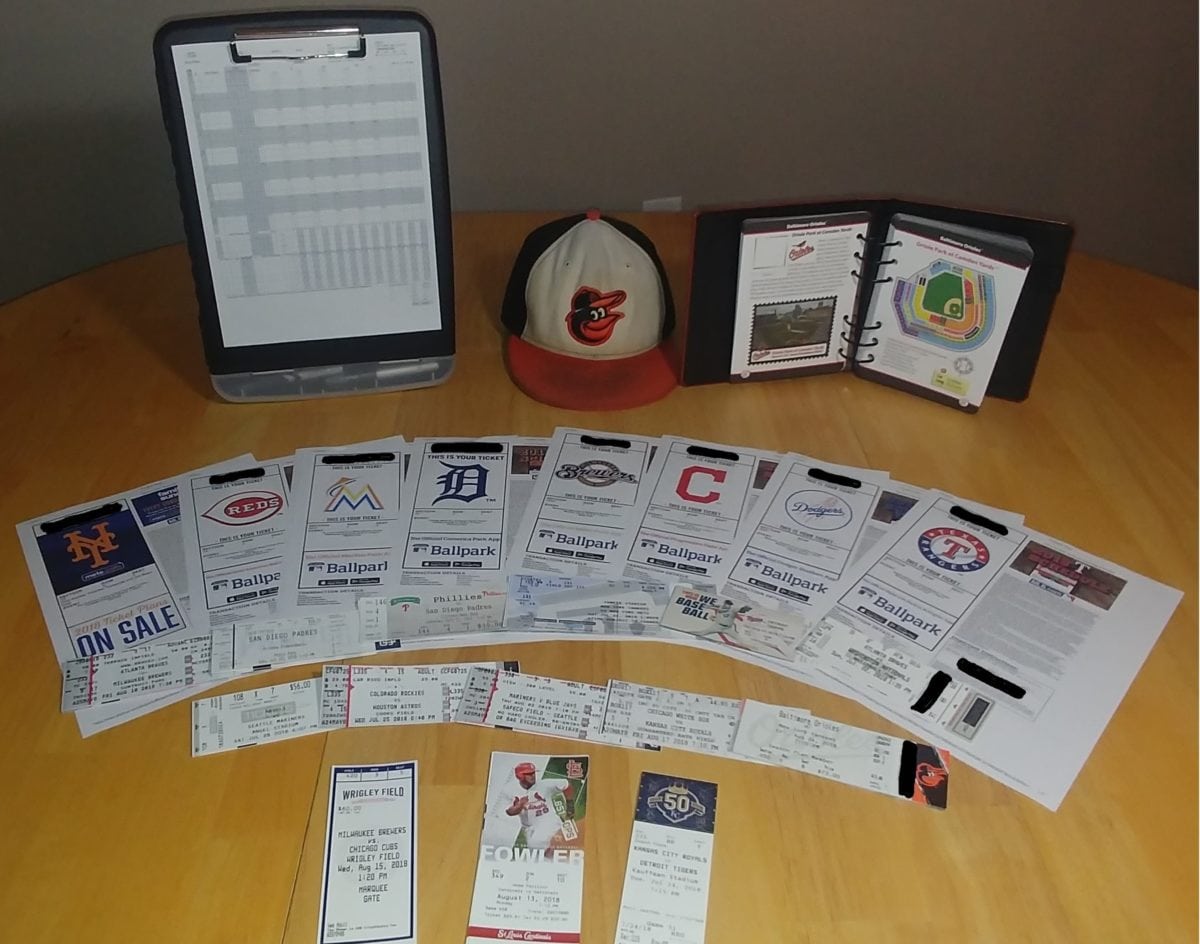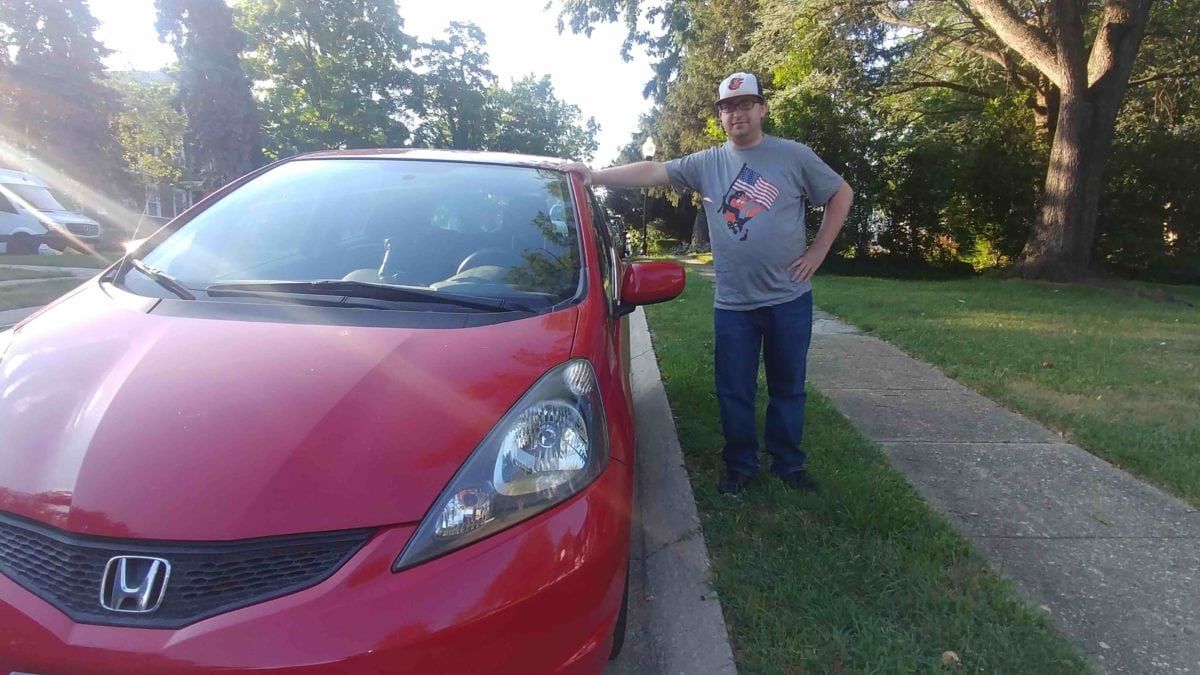Like many baseball fans, Mike Mountain often thought about visiting every Major League ballpark.
It’s a bucket list item that takes years for some, but Mountain often thought about completing the trip in a single season. During training to become a software developer, Mountain started experimenting and found that it was possible to complete in just a little more than a month.
After optimizing routes, Mountain set out on July 21 for his MLB Road Trip, aiming to see games at 30 stadiums in about 35 days. He was in the midst of a West Coast swing early this week.
Angel Stadium. Cut it a bit close but we beat the LA traffic. Still here for first pitch. pic.twitter.com/FiLorUjtaV
— Baseball Road Trip (@MLBRoadTrip) July 29, 2018
Catalyte, which is based downtown, provides software development teams that work within large businesses. As we’ve reported, the company takes a unique approach to bringing on new workers by using predictive analytics to identify promising candidates who weren’t previously software developers, and training the team members.
For Mountain, who joined Catalyte in 2014 after working at an alarm monitoring company, the training program also offered the chance to work on a side project. Having previously visited 15 stadiums, the idea of completing the baseball trip stood out.
“A lot of the ones I’m missing are on the West Coast or Florida,” he said in an interview a day before departure from Baltimore on July 20. So, when he started to experiment with creating his own algorithms and programs during the training program at Catalyte, he realized he could create new tools to work with routes and schedules. So, he thought, “Let’s try and knock everything else at once.”
In creating Java programs using the MLB schedule and other data from tools like Google Maps, Mountain said time and miles were two of his main considerations. He wanted to identify the schedule that would get back to Baltimore in the quickest fashion, and, within that, the distance between each destination.
He consulted the Harvard Sports Analysis Collective and a supercomputing cluster at the University of Wisconsin, which helped to speed up the process of arranging 2,430 games.
“The number of combinations is quite large and to calculate all that on a home PC or laptop would take about a month or more,” he said.

Tickets to 30 games. (Courtesy photo)
There were multiple tweaks over time. An initial version, for instance, didn’t account for sleep. And there were some surprises along the way, as he’ll be seeing the Milwaukee Brewers a number of times along the way. Now leading a team of software developers within a Catalyte client, he decided on this summer to put it into action. He’ll finish in Baltimore on August 24, when his beloved Orioles take on the Yankees.
“It was an opportunity to do something for myself and show myself that I really did know what I needed to know to make this happen,” he said.
Join the conversation!
Find news, events, jobs and people who share your interests on Technical.ly's open community Slack

Baltimore daily roundup: Mayoral candidates talk tech and biz; a guide to greentech vocabulary; a Dutch delegation's visit

Baltimore daily roundup: Medtech made in Baltimore; Sen. Sanders visits Morgan State; Humane Ai review debate

Baltimore daily roundup: An HBCU innovation champion's journey; Sen. Sanders visits Morgan State; Humane Ai review debate


